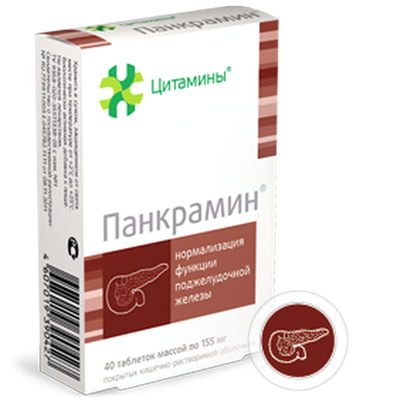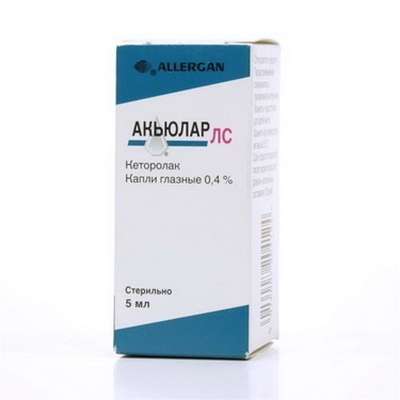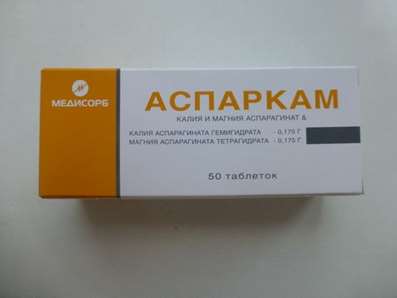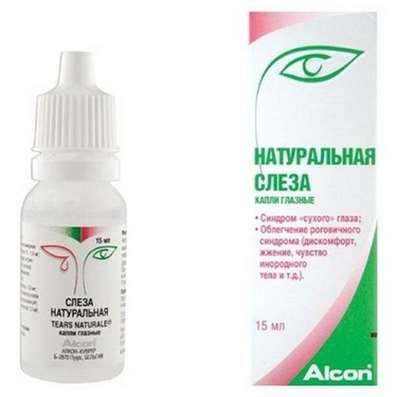Therapy of Pain
05 Dec 2016
Neurologist Dr. Doping tells about the fear of pain, the use of antidepressants and pharmacological treatments. What influences the perception of pain? In some cases, for the treatment of pain requires the use of anti-depressants? It consists of what stages therapy of chronic pain conditions?
Pain - a question that requires a separate study. There are no universal tablets, generic drugs or universal groups, which can cure the pain. Pain may vary in type, and this is very much dependent on the choice of a particular drug. In the current realities of the spread of amateur among patients and a certain percentage of the uncontrolled promotion of certain drugs in the media often leads to unnecessary use of inappropriate groups of drugs and, consequently, to a change in the expectations of patients to communicate with doctors, reduce confidence in the doctors, confidence in the drugs and so further.
What do affects our perception of you? The simplest method of treating pain with which we are faced in life - when a child fell into a deep, began to cry, you approached Mom patted on the head, and you stopped crying. What then was: how pain impulses that you feel pain or as an offense that you fell? The same thing happened later when you fell from the bike or accidentally fell, touching something, someone or someone's car, but you do not cry, you feel the pain, but quickly the lam from the crash site or the crime scene, so as not to be caught and punished. Again the pain is - no response to pain. The reaction to the pain, the individual expectations of pain - this is what dictates the purpose of treatment and treatments that should be applied to the patient.
Base, naturally, is to determine the source of the pain and the type of pain, based on the pathophysiology, - nociceptive, neuropathic, or predominantly psychogenic pain. In accordance with this choice of non-steroidal anti-inflammatory, simple analgesics, muscle relaxants, if we are talking about musculoskeletal pain, or so-called vertebral pain, articular pathology, or whether it is predominantly neuropathic pain with a selection of products from the group of antidepressants, anticonvulsants. When we talk about the use of drugs for chronic pain patients for all groups and for all types of pain, that is, unfortunately, the use of antidepressants. With multiple positions is the destruction of persistent mood phobic patients, including patients kinesis phobic mood - fear of movement, fear of the pain itself. The simplest example is the fear of pain that we are checking iron, hot or unheated it, touch it again ten short movements, even if objectively see that it is off the network. We are afraid of the temperature, we are afraid to experience pain - a protective kinesis phobia. There pathological kinesis phobia, which must destroy with the help of antidepressants (Phenibut, Phenazepam, Afobazol, Selank). Moreover, chronic pain causes a decrease of the pain threshold, which increases the perceived level of pain and then there need antidepressants. Not every antidepressant assigned indicates that the patient is depressed or crazy - afraid that our patients, probably due to some peculiarities of the environment or the cultural perception.
If the patient is dominant in the structure of psychogenic pain or pain with a huge psychogenic or psycho-emotional accompaniment, of course, here the emphasis is on anti-depressants for antipsychotics and is likely to psychotherapy, which should carry out an expert who understands the structure of pain and is where the pain taken.
Unfortunately, the treatment of pain in Russia appoints a large number of specialists.
In the West, there is a notion manage pain, or is a specialty algology, which is responsible for the treatment of pain, combining neurology, orthopedics, traumatology and can be, an anesthetist. This wide profile specialists who understand the structure of deep pain, in accordance with the prescribed treatment. If we look at our reality, unfortunately, not even all of the neurologists are the origin of the pain, which is often very much stopping them, they do not imagine the basics Spine and Orthopedics, not all orthopedic-trauma understand the pathophysiology of pain, and the more so not all psychiatrists and psychotherapists understand where the pain is taken as the source, speaking on neuropathic, nociceptive pain, and so on. Not all anesthetists well understand it, although able to turn off the pain. We have links for the pain, turn off the pain and the different stages of formation of strongly divided pain is individual specialists who can be understood in different ways, but all the same, unfortunately, unit.
What is included in the pain therapy, if we talk about chronic pain condition? This selection of the primary anesthetic drug, selection of products that clean the environment of pain - this muscle relaxants during reflex muscle spasm, it's antidepressants, it is the appointment of additional non-pharmacological therapies. What could it be? This number of rehabilitation actions, this physiotherapy is cognitive-behavioral therapy, this explanation to the patient source of his pain and ways to overcome it, is to activate the patient. Unfortunately, the fact that our patients like, which often emerges in the first place mention pain in general when referring to any disease, - physiotherapy. As convincing evidence of physical therapy techniques in the treatment of pain level is very low.
Another favorite pastime of our patients in the great shaman tambourine treatment of pain is a massage again, apart from some of the complex, apart from physical therapy, apart from manual therapy. The technique is very nice, but inefficient. The same can be said about the total assignment of manual therapy, osteopathy and passion for all methods of manual actions that apply to our patients. It's nice, maybe, but the effectiveness of their not very significant, but the placebo effect they have is huge. Because it's always nice when a man who knows the problem of knowing your body features, especially seeing the body, and will work with you will speak.
Actually, the pain therapy in all its phases, always rests in the treatment of chronic, persistent and difficult-to-treat pain. Apart from long-term use of drugs aimed directly at relief of pain, need psychological assistance and psychological adaptation of both the patient and his entourage, which is actively used around the world and is rarely used in us: that with this patient, you can do what you can talk about what we can not speak, you can activate it, you can not activate it, he needs help, he, on the contrary, do not need help. Activation of some internal human resources, activation of his spirit, the struggle with his concomitant depressive changes (chronic pain is always accompanied by some degree of depression), the purpose in the end of hard drugs from the group of opioid analgesics, holding account of these drugs. This is a separate topic of conversation, unfortunately, requires very great caution, because the use of potent drugs without prescription will lead to a large number of adverse reactions and misuse of this theme.
On the other hand, non-pharmacological treatment is the development direction of rehabilitation medicine and rehabilitation medicine in the direction of pain. It's a long way to go in thinking and doctors and patients from the tactics of "take one pill and be cured" until, unfortunately, a long road to recovery can be long, even without taking the pills. This approach to the motor, behavioral, social, cognitive, psychological rehabilitation, including by means of pharmacological agents, but with the assistance and the environment, and the work of specialists.
Unfortunately, now is the direction we have, but it is a very commercialized, either as such direction, we can say almost none.
In Russia, there are units of rehabilitation centers that can observe the patient for a long time with a particular pathology.
In Moscow, there are patients and units that are ready psychologically, even if absolutely correctly and adequately long period of time to recover. Given that the treatment of any chronic disease - it is, in fact, the patient's trust in the doctor and the doctor to the patient, often this is a game of giveaway and check who wins. Naturally, in this conversation to talk about the successful tactics of treatment of chronic pain, we can not. Development trends and changes in the understanding and the doctors and patients with regard to treatment and generally chronic conditions, such as chronic pain - this is probably the area in future years, if not decades.
Thus, a symbiosis of knowledgeable doctors who can treat and diagnose and patients understand what to expect from a particular product from a particular doctor's action will help in the end we find a relative harmony in matters of treatment of chronic pain, namely: to achieve if not heal the pain, its compensation and peaceful life of the patient, who can manage their pain.

 Cart
Cart





